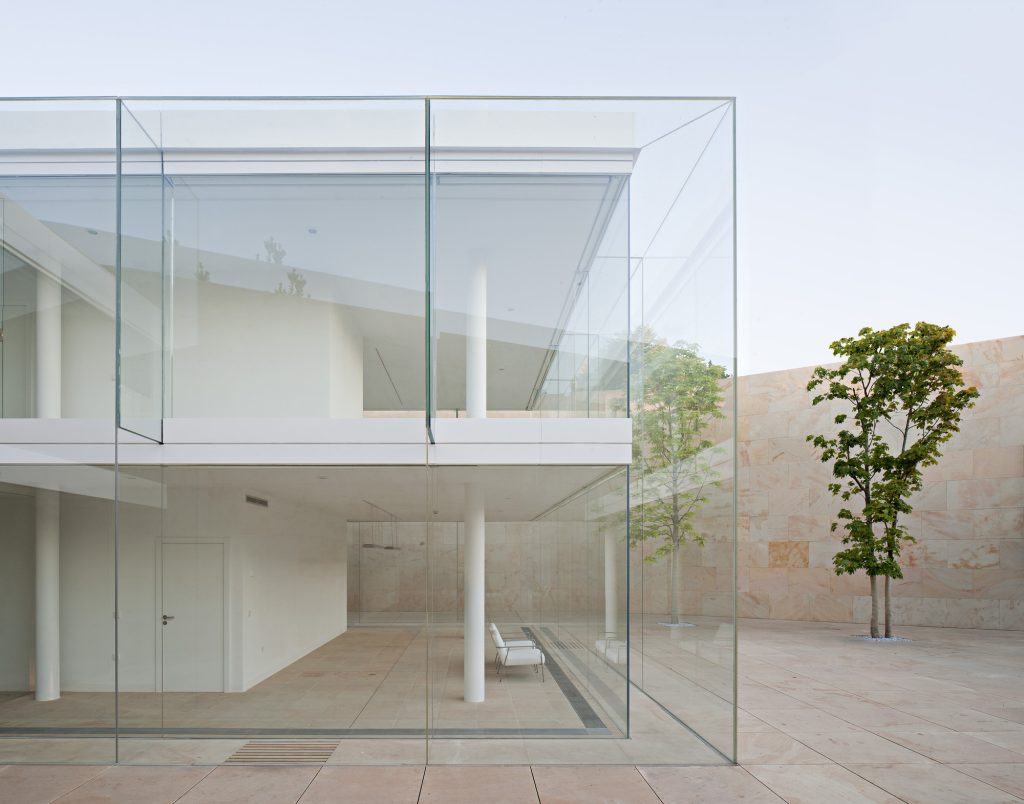Architecture is the practice of designing and constructing buildings, spaces and environments. It is an art form that combines both technical and creative skills. In fact, Technique consit in the manipulation of technology, form and materials in an harmonious way. In consequence, whenever we project an architectural building, we must consider a wide range of elements, including the type of materials used, the technology employed, the structure and facilities of the building, and its impact on the environment and the people who use it to create a unique and functional space.
The type of materials used in architecture are often selected based on the specific needs of the project. Common materials include concrete, steel, timber, glass, and masonry, each of which have different properties and require different methods of installation and maintenance. Depending on the project, other materials such as glass, stone, plastic, and clay may also be used.
Wood is a popular material for architectural projects because of its versatility and aesthetic appeal. It is used for flooring, walls, roofs, and furniture and can be crafted into intricate patterns and shapes.
Traditional materials as wood, earth, stone or bricks are still used in modern constructions, nevertheless, new materials have made possible the creation of new shapes and therefore a new language. We are talking about concrete, steel or glass.

Concrete is a popular material for many types of projects, such as foundations, walls, and floors. It is strong, durable, and relatively inexpensive.
Steel is often used in larger and more complex projects, such as bridges and skyscrapers. It is strong and lightweight, making it a great choice for large, heavy structures.
Masonry is a type of construction that uses stones and bricks to create walls, floors, and other structures. It is commonly used in older buildings and in areas with a lot of seismic activity.
Architecture also involves the use of a variety of technologies and techniques to create functional spaces. These include heating and cooling systems, lighting, and acoustics. Architects may also use computer-aided design to create detailed plans for construction.
In fact, technology plays a major role in modern architecture and is used to create buildings that are energy efficient, durable, and cost effective. Technologies such as solar panels, rainwater harvesting, and geothermal energy can be employed to reduce energy costs and conserve resources.
The structure and facilities of a building are designed to meet the needs of the users. They must be designed to be safe, secure, and comfortable, and must also meet any legal requirements. Each type of structure has its own advantages and disadvantages and is best suited for certain types of buildings. Finally, architecture must consider its impact on the environment. Sustainability is an important consideration and architects must consider how their designs will reduce energy consumption and pollution, preserve natural resources, and protect the environment.